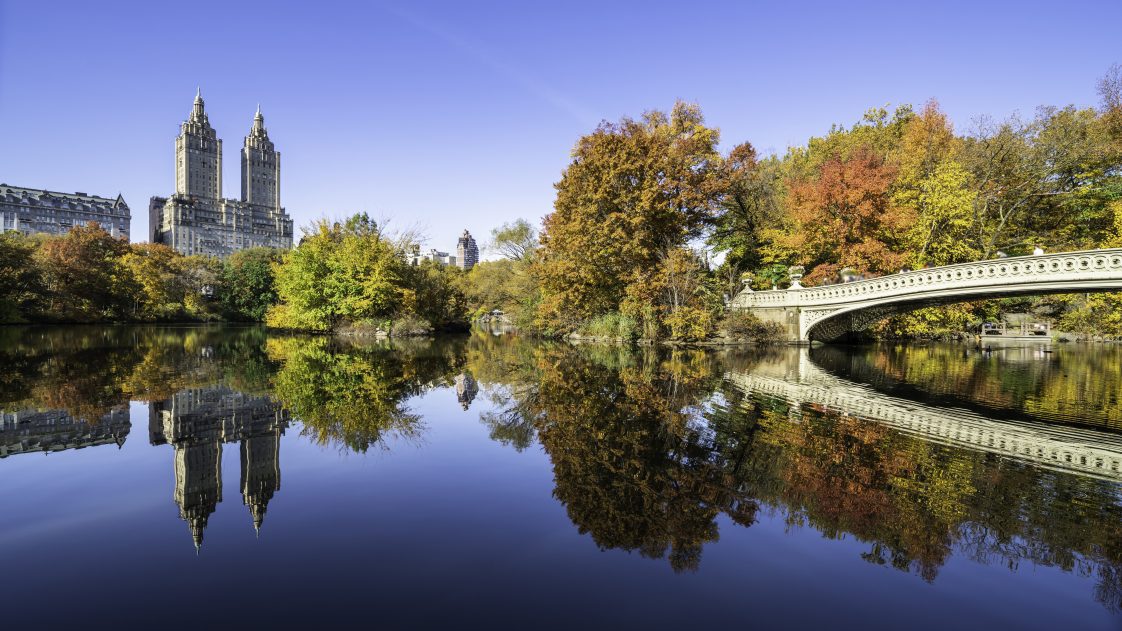Forestry

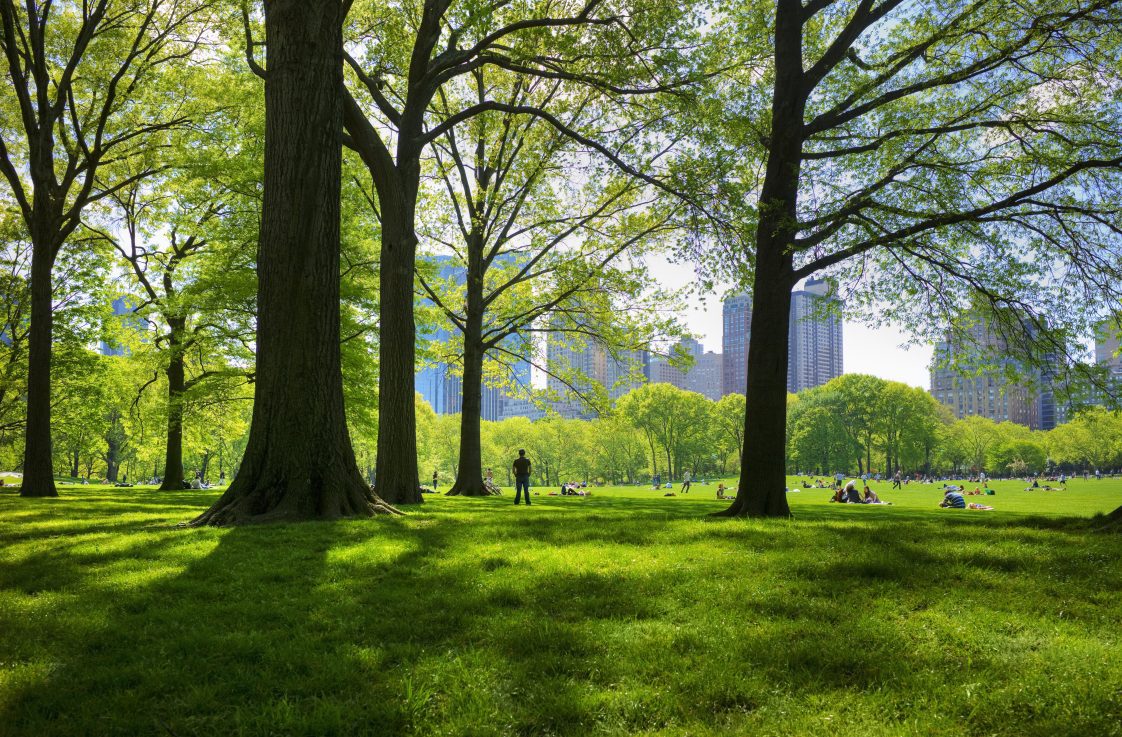
Figure 1. Central Park in New York City is an urban forest ecosystem that provides habitat to several living organisms, while enhancing the life quality of New York residents by providing several opportunities for recreation.
Most of the United States population lives in or near urban areas, and, therefore, urban forests now play a vital role in improving people’s life quality by providing several environmental benefits, including atmospheric carbon dioxide uptake. Municipalities and cities need to effectively coordinate their resources to better manage urban forests and optimize their anticipated environmental benefits, which have important economic implications. Cities typically consider trees as expenses, whereas urban trees are actual assets due to their economic value. This Extension publication is part of a series that presents and discusses the economic and ecological value of urban forest carbon stocks and explains urban forest carbon credits in forest carbon markets. It is a useful resource for decision and policymakers in cities and municipalities, urban foresters, and certified arborists.
Urban Forest Ecosystems
The term “urban forests” encompasses all types of plants, trees, shrubs, green spaces, and forest patches in public and private areas in cities. Urban forests are complex ecosystems including all interactions between biotic factors (e.g., trees, plants, shrubs, insects, animals) and nonbiotic factors (e.g., soil, wind, climate) in urban forest settings at different spatial and temporal scales. On an evolutionary time scale, urban environments are new and create novel environmental challenges that trees need to adapt to. While anthropogenic infrastructure like tall buildings or pavement may have natural analogs, like canyons or natural rock concretions, urban forest trees often experience very different life histories than rural forest trees. Community values, decision making, and policymaking at the city, state, and national levels can determine the sustainable growth of urban forests making humans an essential factor in urban forestry.
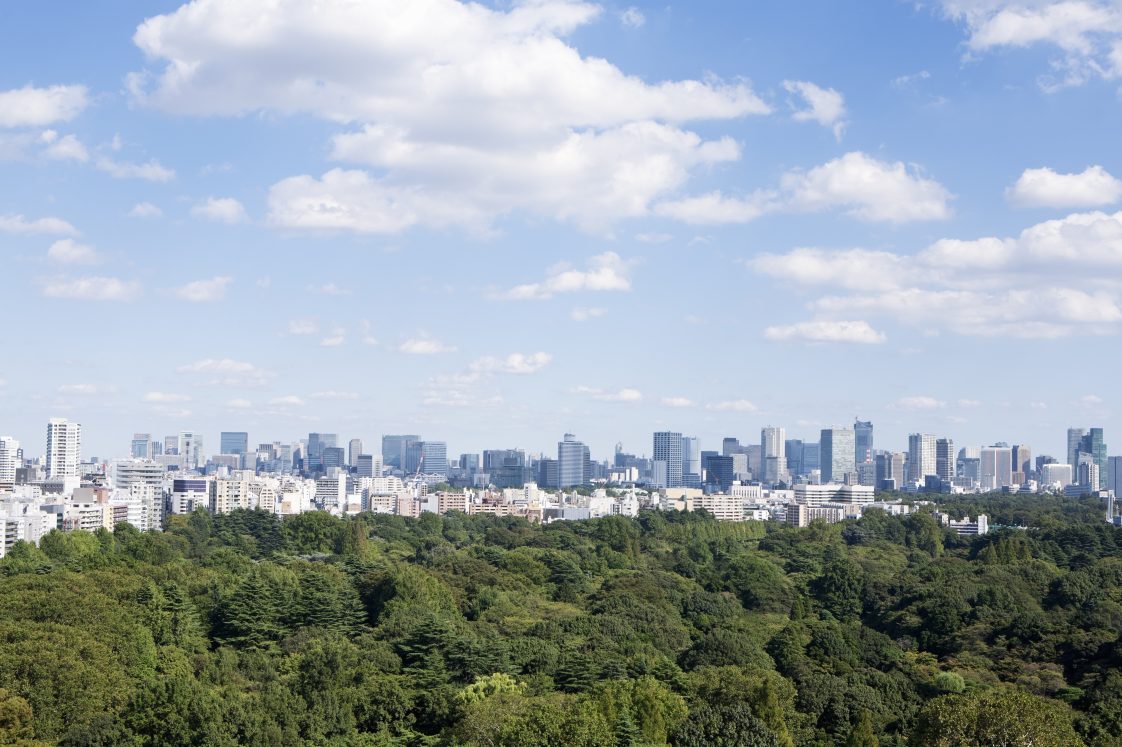
Figure 2. Urban forest landscapes include human infrastructure (buildings, streets, etc.), planted trees and shrubs, and remnant forest patches.
Urban forest ecosystems significantly affect people’s quality of life because they provide several ecological and socio-economic benefits: improved human health, shade, biodiversity, atmospheric carbon dioxide sequestration, temperature regulation, noise reduction, air pollutants uptake, water purification, etc. According to recent studies, urban forests cover approximately 141 million acres of land in the United States, which translates to $18.3 billion in socio-economic benefits annually, considering atmospheric carbon dioxide uptake, stormwater mitigation, air pollution removal, the reduced energy consumption of buildings, etc. However, urban tree cover has reduced by 175,000 acres or 36 million trees annually between 2009 and 2014, which is equivalent to several million dollars loss in urban forest benefits, including heat reduction and atmospheric carbon sequestration. Therefore, we must take a closer look at urban forest benefits to manage urban forests sustainably.
Important Socio-Ecological Benefit of Urban Forests: Atmospheric Carbon Sequestration for Mitigating the Effects of Global Warming
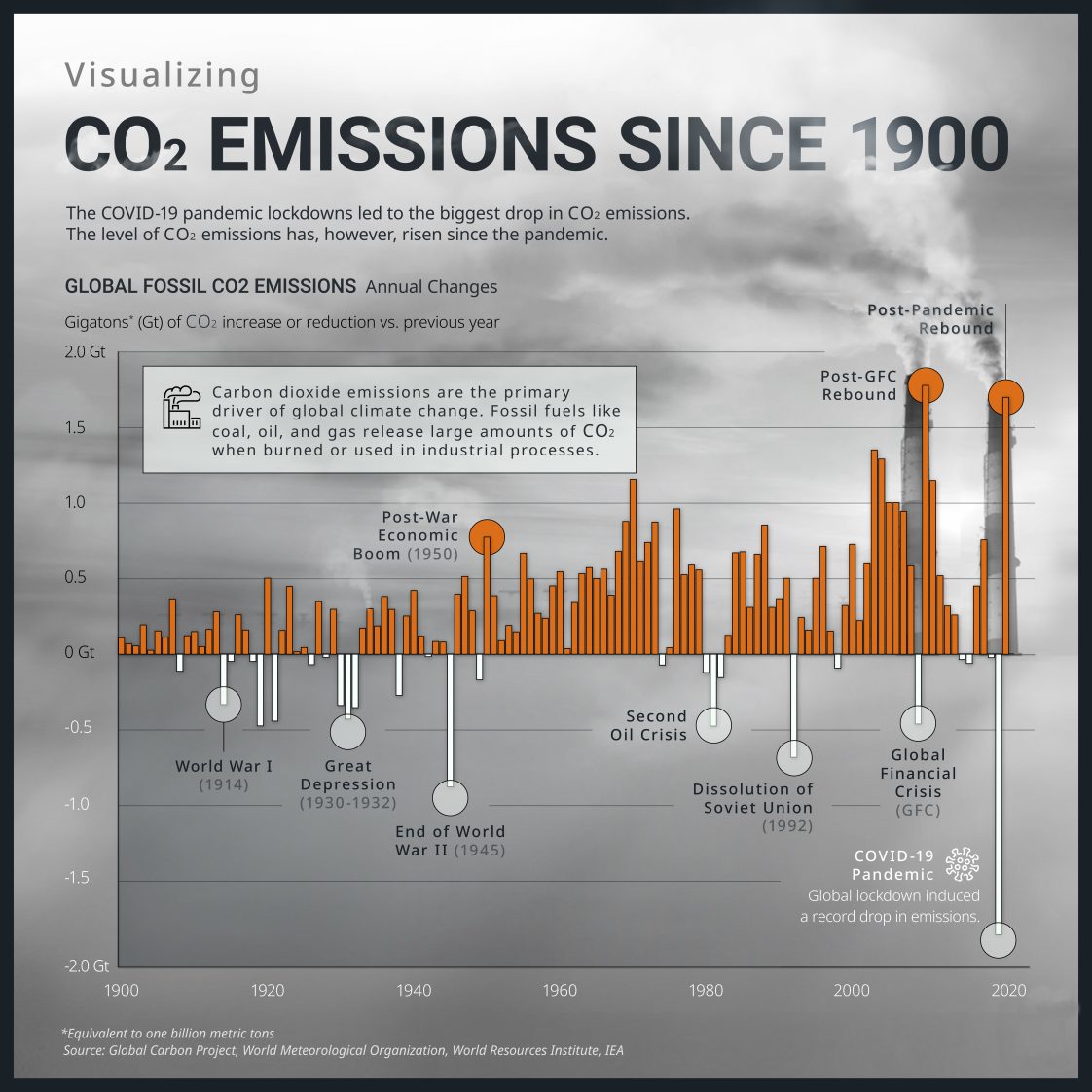
Figure 3. Global annual changes in fossil carbon dioxide emissions since 1900.
Anthropogenic climate change is the change of the earth’s climate forced by human activities—production and emission of greenhouse gases by humans. Climate change is directly related to the global greenhouse effect, which can be natural or human induced. The natural greenhouse effect keeps the temperature of our planet at normal levels because naturally existing greenhouse gases in the atmosphere (carbon dioxide, methane, water vapor, and nitrous oxide) absorb a significant portion of the incoming infrared radiation from the sun controlling the temperature on our planet. However, human activities rapidly increase the amount of naturally occurring greenhouse gases in the atmosphere while other anthropogenic greenhouse gases are also produced. This has resulted in an increase of the earth’s temperature because more radiation is absorbed and less radiation escapes through space. Among the previously mentioned greenhouse gases, the atmospheric carbon dioxide has the largest “radiative forcing,” which means that carbon dioxide concentration in the atmosphere largely influences the balance of incoming and outgoing solar energy in the earth’s atmosphere.
Trees absorb atmospheric carbon dioxide during photosynthesis, which is the biological process of trees producing the energy levels required for their growth and survival. It has been estimated that a mature tree may absorb more than 48 pounds of atmospheric carbon dioxide annually, which depends on several factors, such as tree species, tree age, growing environment, and climatic conditions. It becomes clear that an essential benefit of urban forests is atmospheric carbon dioxide sequestration for mitigating the effects of global warming on human societies. Urban trees store large amounts of carbon in their aboveground biomass that can be comparable to rural forest carbon stocks, depending on levels of urban forest canopy cover and impervious surfaces.
Urban Forest Carbon Credits: Economic Value of Urban Forest Carbon Stocks
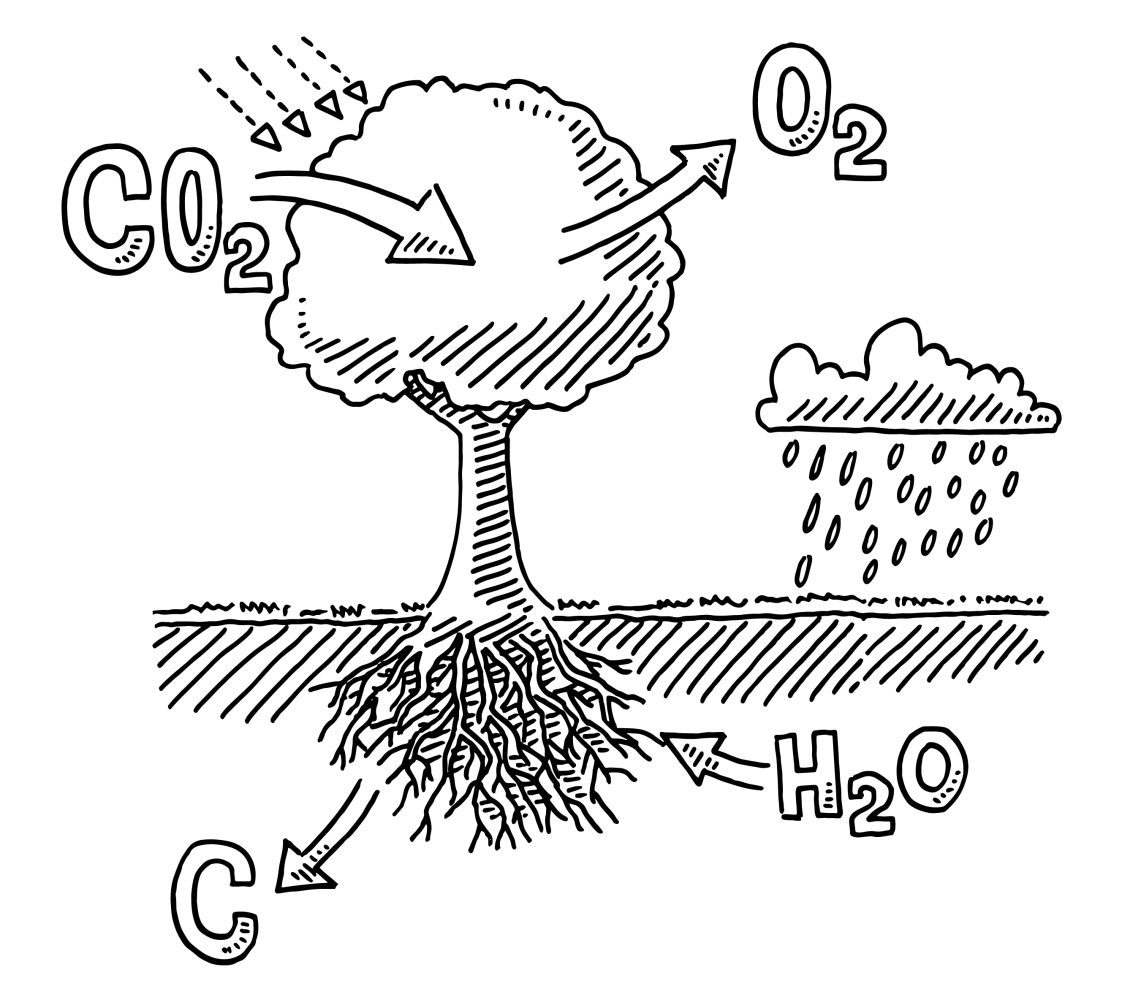
Figure 4. The biological process of photosynthesis during which trees absorb carbon dioxide from the atmosphere to produce the energy needed for tree growth.
Urban forest carbon credits are a tool related to the Measurement, Reporting, and Verification (MRV) system for translating urban forest carbon stocks into monetary value. The MRV system requires that an entity applying for carbon credits has accurately quantified and reported the absorbed amounts of atmospheric carbon dioxide, which a third party consequently verifies.
City Forest Credits is a nonprofit carbon registry that facilitates the sale of urban forest carbon credits designed specifically for cities. City Forest Credits connects funders of urban tree planting projects to organizations willing to dedicate resources to restoring urban forests. The market determines the value of the credits, while individual project operators are responsible for the negotiations with prospective buyers. The organization provides third-party verification of tree-planting projects in cities, and it empowers entities to plant and protect urban forests through carbon offsets. Several big companies that are leaders in environmental sustainability (Microsoft, Bank of America, PayPal) have been funders or purchasers of urban forest carbon credits. Urban tree planting and preservation forest carbon projects have been implemented in several cities, including Austin, Texas, and Seattle, Washington, and there are many examples of project operators across the country: Reforesting Austin in Texas–Reforesting Austin’s Riparian Areas and Parks (200 credits issued); Idaho Municipal Parks Planting Project (57 credits issued); Evergreen and East End Preservation in Virginia (5,376 credits issued); Harvey Manning Park Expansion Preservation Project in Washington (6,409 credits issued); Reforesting Des Moines in Iowa (440 credits issued); Chicago Carbon Program–Fox River Bluffs Planting Project in Illinois (2,531 credits issued); Minneapolis Park and Recreation Board Planting Project–2021 in Minnesota (4,887 credits issued). The complete credit registry across the United States can be found on the City Forest Credits website.
Accurately quantifying urban forest carbon stocks is essential for issuing carbon credits. Two other Extension publications in this series describe different methods for quantifying urban forest carbon stocks.
Conclusions
Urban forests absorb significant amounts of carbon dioxide from the atmosphere, playing an important role in global warming mitigation and heat reduction in cities. Carbon credits are a powerful tool in the conservation finance of urban trees, and cities or other entities willing to sell urban forest carbon credits need to quantify urban forest carbon stocks first.
 Georgios Arseniou, Extension Specialist, Assistant Professor, Forestry, Wildlife, and Environment, Auburn University
Georgios Arseniou, Extension Specialist, Assistant Professor, Forestry, Wildlife, and Environment, Auburn University
New April 2024, Economic and Socio-Ecological Importance of Urban Forest Carbon Stocks, FOR-2158

